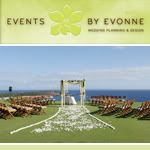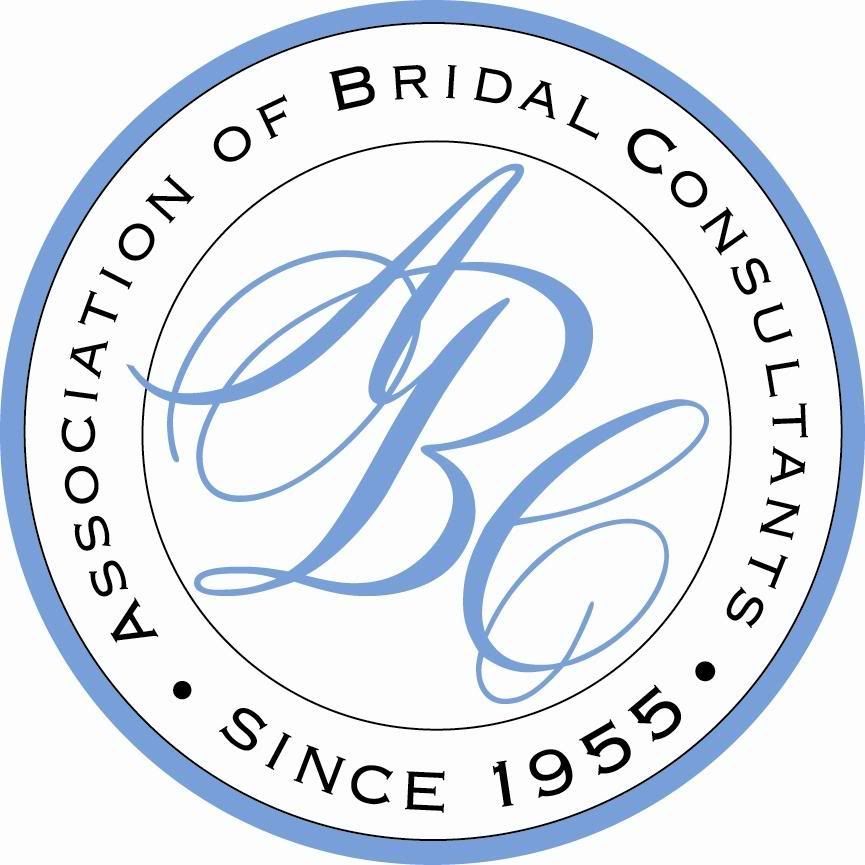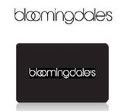



This is one of my favorite elements of any wedding or event - invitations and stationeries. Usually, they give your guests the first glimpse of what your event will be like. They totally set the tone and therefore, should be a unique reflection of you and your style.
There are so many ways of printing invitations:
ENGRAVING
Engraving is the most traditional form of invitation printing, and one of the most expensive. Text is etched onto a copper plate, which is then coated with ink and wiped clean, leaving the ink only in the indentations. Soft, high-quality paper is pressed hard against the plate, causing it to deform into the etchings. Result is raised, crisp text. You can tell true engraving by the "bruise" or dent on the back of the paper.
THERMOGRAPHY
Thermography was developed as a less expensive alternative to engraving. The printer uses ink and a powder resin combined with heat to reproduce the raised lettering effect of engraving. The text has a shiny finish and is often said to not be as sharp as engraving.
LETTERPRESS
This old-fashioned technique has become popular again. A letterpress printer presses inked letters or designs into a piece of paper, forming an indented surface. By repeating the process, you can create images with more than one color. Letterpress wedding invitations typically have a vintage or whimsical feel, but they can be designed in more formal styles as well. Many people appreciate the tactile nature of letterpress, although some dislike its lack of crispness.
EMBOSSING
Most often used for small insignias, monograms, or return addresses, this process creates a raised impression on paper by running the paper through two metal sheets. When no ink is used, it is called "blind" embossing. Although a printer can perform this service for you, you can also buy a small embosser with your monogram or return address on the plate, allowing you to create custom stationery in a more affordable way.
OFFSET PRINTING OR LITHOGRAPHY
Most modern printing is offset printing, also known as lithography. From magazines to postcards, this flat style of printing is a familiar one, and appropriate for an informal invitation. Traditionally, an inked image is transferred from an inked plate to a rubber "blanket", which is then passed over the paper. The quality of offset printing can vary greatly, so be sure to look for a printer who can deliver crisp quality and true colors.
I find that the most popular is either letterpress or thermography, but depending on your budget, there is always a printing method for everyone.



















































